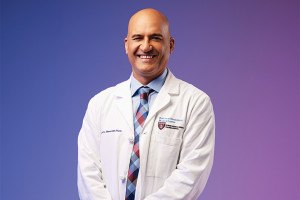New Procedure Could Reduce Need for Blood Donations

Blood cells photo via Shutterstock
Let’s face it: No matter how noble and important it is, no one enjoys giving blood. And lucky for the needle-shy, Boston University School of Medicine, in collaboration with Boston Medical Center and the BU School of Public Health, may have found a way to make blood donation less necessary.
The findings were published online in the journal Blood, and detail a procedure that the researchers believe could produce unlimited numbers of platelets and red blood cells. In essence, the procedure involves reprogramming adult cells into a stem cell state, and then allowing the new cell (called an induced pluripotent stem cell, or iPS) to develop into the necessary cells or tissues. In this particular study, the cells were exposed to growth factors that would force them to become red blood cells. The researchers also modified the aryl hydrocarbon receptor pathway (AhR), which increased the number and speed of cell production. A report from BU quotes the study’s lead author, George Murphy:
“This finding has enabled us to overcome a major hurdle in terms of being able to produce enough of these cells to have a potential therapeutic impact both in the lab and, down the line, in patients,” said Murphy. “Additionally, our work suggests that AhR has a very important biological function in how blood cells form in the body.”
The research is important, first, because the need for blood donation is ever-present, and a method that would at least partially cut out the need for human donors could help ensure that there won’t be any shortages. Manipulating a patient’s own cells would also mean that individuals wouldn’t have to wait for a donor with the same blood type, and wouldn’t have to risk infection. Lastly, the discovery could also help researchers study blood-borne illnesses like malaria and sickle-cell anemia. The BU report says:
“Patient-specific red blood cells and platelets derived from iPS cells, which would solve problems related to immunogenicity and contamination, could potentially be used therapeutically and decrease the anticipated shortage and the need for blood donations,” added Murphy.


